
टोकनाइजेशन: क्या यह आपके ऑनलाइन कार्ड लेनदेन को सुरक्षित बनाएगा?
05 अगस्त 2022

Table of Content
-
What Is Tokenisation Of Debit & Credit Cards?
-
How Will Card Tokenisation Work?
-
Is Tokenisation Of Cards Mandatory For Cardholders?
-
How Do I Tokenise My Card?
-
What Are The Key Challenges With Tokenisation?
-
Why Is Tokenised Card Transaction Considered To Be Safer?
-
What Is The Card Tokenisation Deadline?
-
Tokenise Your Bank of Baroda Credit and Debit Cards
Thanks to digitalisation, the number of online transactions is higher than ever. You can use a host of payment methods to make online payments - credit card and debit card payments being one of them. The cards allow you to make quick payments at stores as well as online. At the time of online checkout, all you need to do is enter your debit or credit card details and verify the transaction through OTPs. Some mobile shopping apps also let you save your card details. However, this will not be possible after 30th September 2022. The Reserve Bank of India (RBI) has rolled out multiple notices about tokenisation. It is a security measure aimed toward maximising prevention against online payment fraud. Read on to know more about tokenisation of card transactions and find out whether it can make your online card transactions safer.
What Is Tokenisation Of Debit & Credit Cards?
Tokenisation is a security procedure wherein your existing card details get substituted with a unique code. This unique code is referred to as a token. The token is a random combination of characters that has no true meaning and value.
In pre-tokenisation scenario, while making an online card payment, your card details get added to the merchant’s database. If the merchant falls victim to cybercrime, the criminal can get access to your card details and, in turn, bank accounts associated with your debit card or credit card.
With tokenisation, what transmits between you and the merchant is a token. In an unfortunate event, the cybercriminals can only get a random token which would be difficult to track back to your Primary Account Number (PAN) / Card number.
How Will Card Tokenisation Work?
With a non-tokenised card transaction, your merchant’s acquiring bank transmits your card details to your card issuing company. Your card issuer authenticates the transaction, and the merchant receives the payment. However, with tokenisation, you need to get your cards tokenised with your online merchants first. Here’s the behind-the-scenes of a tokenised transaction:
- You use your tokenised credit card to pay your online merchant.
- After you make the payment, the merchant receives a unique token.
- The merchant transmits the token to your card issuing company.
- Your card issuer matches the token with your card details.
- Upon successful authentication, the card issuer prompts the merchant’s acquiring bank to debit the payment from your account.
Here, the merchant has no information about your credit card.
Is Tokenisation Of Cards Mandatory For Cardholders?
Per the RBI guidelines, tokenisation is voluntary. In case customer opts to save his card on the merchant application, the card would be tokenised in-coordination with card networks and issuer bank and token would be saved by the merchant. Your bank or credit card issuer cannot force you to tokenise your debit card or credit card. It is completely free and requires explicit customer consent.
RBI states that after the tokenisation deadline, merchants cannot store the card details of their customers; thus, customers cannot save their cards with shopping apps on their mobile and tablet devices. You must manually enter the card detail every time you shop online.
For instance, let’s say you use a grocery shopping app to buy groceries every day. Before RBI’s tokenisation notice, you could save the card on your grocery shopping app. During checkout, all you had to do was confirm the OTP. The tokenisation deadline is over, and you choose not to tokenise the card. Now, you must keep entering your card details every day when you shop.
Although tokenisation of cards is not mandatory, the RBI urges cardholders to tokenise their debit and credit cards. You can always detokenise your cards at will.
How Do I Tokenise My Card?
Tokenising your cards is a hassle-free process. Follow these steps for debit and credit card tokenisation.
- Open a shopping app on your mobile phone or tablet.
- Go to the page where you can view your payment details.
- You will see a notification pop up on the screen indicating to save or verify your card before the RBI deadline.
- Enter the Card details.
- Enter your CVV.
- Enter the OTP you receive on the mobile number registered with the card.
That’s it. Your card is tokenised. The token remains with the merchant, Issuer bank/ card networks; you cannot see it. You can save multiple cards under one application. Also, you can only view the last four digits of the saved card as a security measure. Merchants may access the last four digits and your name strictly for tracking and accounting purposes. You can repeat the above steps on a number of apps such as food delivery, apparel shopping, grocery shopping, etc.
What Are The Key Challenges With Tokenisation?
While RBI has observed considerable progress with tokenisation, several concerns have come to light:
• Guest checkouts:
Stakeholders, i.e., the merchant, the merchant’s acquiring bank, and card payment networks, are yet to devise a guest-checkout mechanism that is in line with the new RBI guidelines.
• Systems for post-transaction activities:
Once a transaction is complete, the merchant needs to track and reconcile the transaction. Alternate systems for the same are still not ready for the new process.
• Systems for recurring payments:
Stakeholders are also concerned about how tokenisation will come into play in the case of mandated recurring payments like Equated Monthly Instalments (EMIs) on credit card and debit card shopping.
• Deleting customer data:
After the tokenisation deadline, merchants cannot save customers’ card data. All existing data must be deleted as well. Merchants and payment aggregators have had to request the RBI to extend the deadline multiple times.
• Token processing solutions:
Albeit the token generation is progressing, the token processing solutions are still at an early testing stage.
• Bank compliance:
Several banks are yet to integrate payment hubs. Until they do, customers may face issues while making online payments.
Why Is Tokenised Card Transaction Considered To Be Safer?
The objective of tokenisation is to prevent the online transmission of your debit card and credit card details. Your card number is swapped with a token that has no value. Cybercriminals are always on the lookout to exploit online systems. If they get hold of the token, they cannot decipher it as the token is meaningless.
After you tokenise your cards, even you cannot view your entire card number. You can only view the last four digits, and the rest would be masked. Hence, experts believe tokenisation adds an enhanced level of security that would be difficult to exploit.
What Is The Card Tokenisation Deadline?
Due to concerns raised by various stakeholders on the card ecosystem, the RBI has postponed the deadline several times. As per the latest notification published on 24th June 2022, customers should tokenise their cards on or before 30th September 2022, and merchants should purge all customer data. From 1st October 2022, the customers who has stored their cards need to re-enter the card details for tokenisation purpose.
Tokenise Your Bank of Baroda Credit and Debit Cards
Bank of Baroda offers a plethora of Debit Cards and Credit Cards, each suited for different needs. You enjoy discounts and cashbacks across several brands. To continue enjoying a hassle-free checkout process, make sure you tokenise your BOB Debit Cards and Credit Cards before 30th September 2022. If you need help, get in touch with your relationship manager or call our toll-free number 1800 5700
Popular Articles
Related Articles
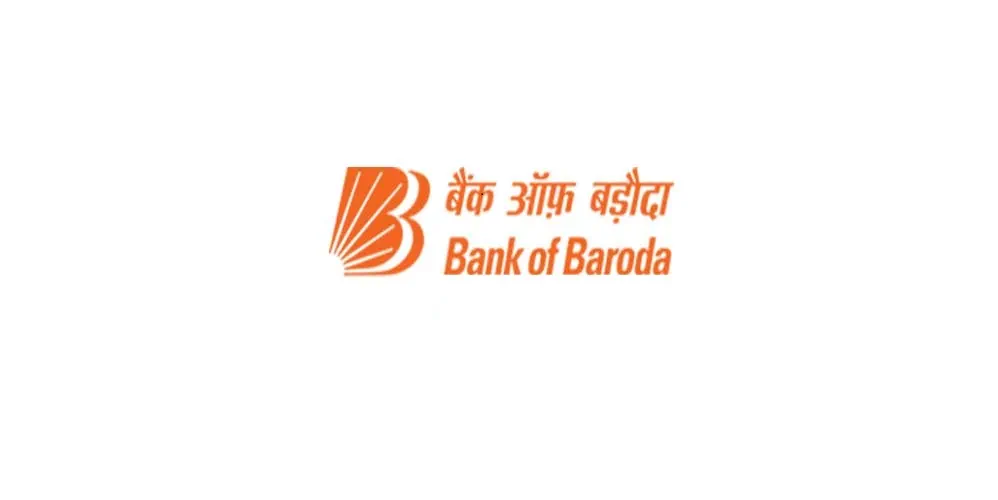

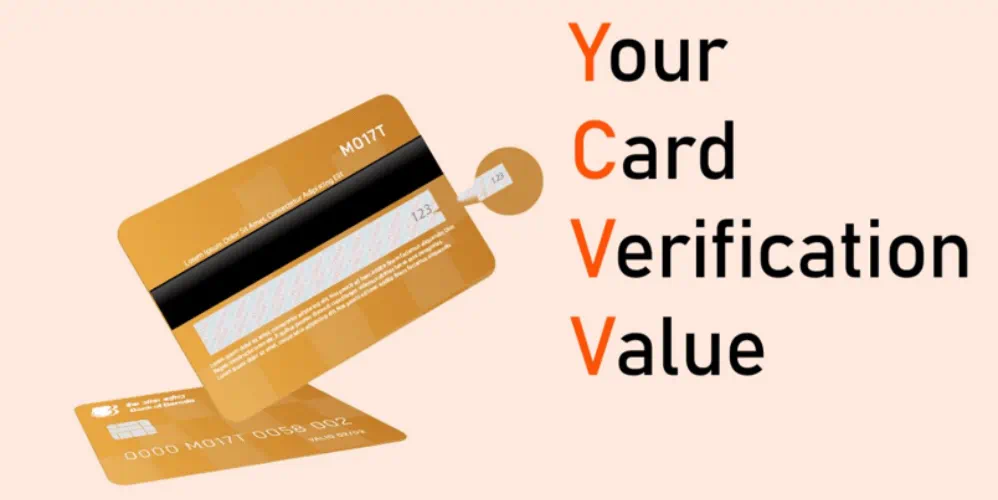
What is CVV on a Debit Card? Understanding Its Importance and Security Features
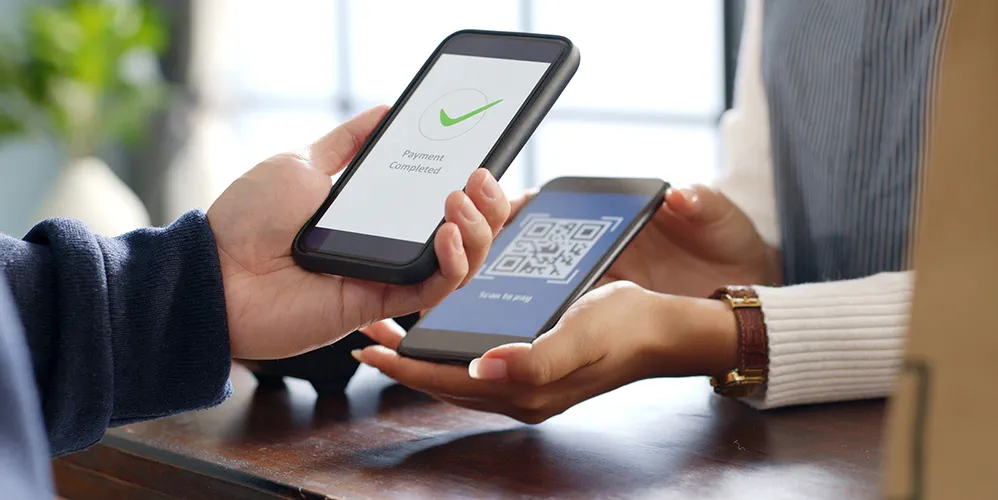

How to Update Your FASTag KYC: Step-by-Step Guide for Online & Offline Methods

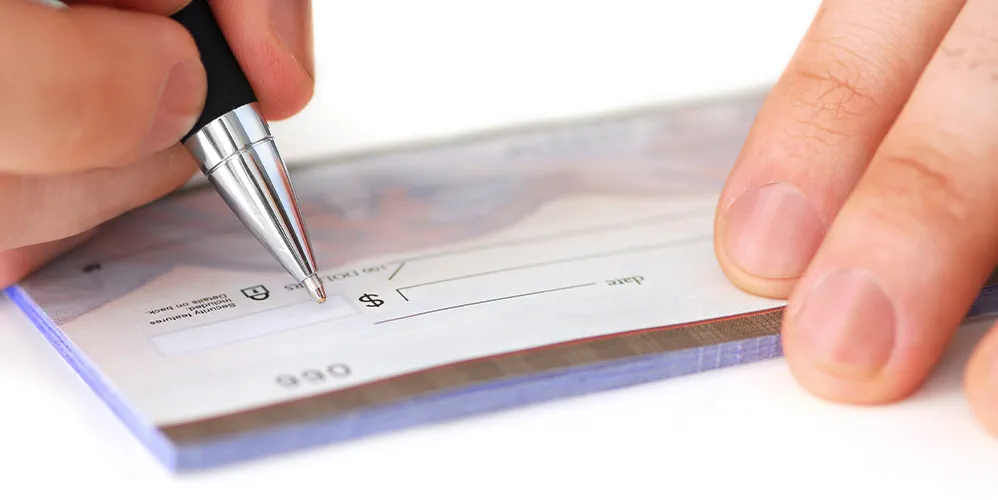
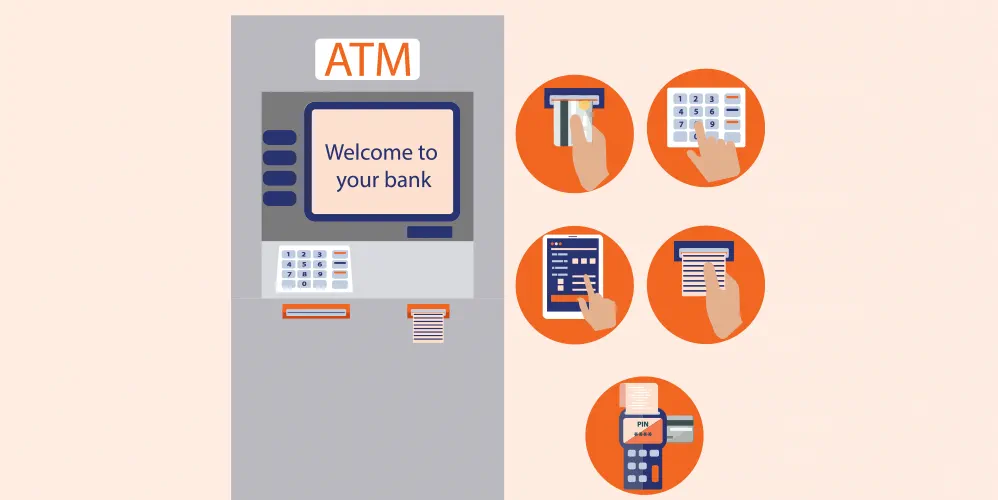

The Importance of Pension Funds: Secure Your Future with Steady Retirement Income

-
डिस्क्लेमर
इस लेख/इन्फोग्राफिक/चित्र/वीडियो की सामग्री का उद्देश्य केवल सूचना से है और जरूरी नहीं कि यह बैंक ऑफ बड़ौदा के विचारों को प्रतिबिंबित करे। सामग्री प्रकृति में सामान्य हैं और यह केवल सूचना मात्र है। यह आपकी विशेष परिस्थितियों में विशिष्ट सलाह का विकल्प नहीं होगा । बैंक ऑफ बड़ौदा और/या इसके सहयोगी और इसकी सहायक कंपनियां सटीकता के संबंध में कोई प्रतिनिधित्व नहीं करती हैं; यहां निहित या अन्यथा प्रदान की गई किसी भी जानकारी की पूर्णता या विश्वसनीयता और इसके द्वारा उसी के संबंध में किसी भी दायित्व को अस्वीकार करें। जानकारी अद्यतन, पूर्णता, संशोधन, सत्यापन और संशोधन के अधीन है और यह भौतिक रूप से बदल सकती है। इसकी सूचना किसी भी क्षेत्राधिकार में किसी भी व्यक्ति द्वारा वितरण या उपयोग के लिए अभिप्रेत नहीं है, जहां ऐसा वितरण या उपयोग कानून या विनियमन के विपरीत होगा या बैंक ऑफ बड़ौदा या उसके सहयोगियों को किसी भी लाइसेंसिंग या पंजीकरण आवश्यकताओं के अधीन करेगा । उल्लिखित सामग्री और सूचना के आधार पर किसी भी वित्तीय निर्णय लेने के लिए पाठक द्वारा किए गए किसी भी प्रत्यक्ष/अप्रत्यक्ष नुकसान या देयता के लिए बैंक ऑफ बड़ौदा जिम्मेदार नहीं होगा । कोई भी वित्तीय निर्णय लेने से पहले अपने वित्तीय सलाहकार से सलाह जरूर लें।
दिनांक 1 जुलाई, 2022 से प्रभावी- नए क्रेडिट कार्ड नियम
दिनांक 21 अप्रैल 2022 को, भारतीय रिजर्व बैंक (RBI) ने 'मास्टर निर्देश – क्रेडिट कार्ड और डेबिट कार्ड – निर्गमन और आचरण निर्देश, 2022' नाम से एक अधिसूचना जारी की। अधिसूचना में अवांछित सुविधाएं जारी करने, क्रेडिट कार्ड बंद करने, नए क्रेडिट कार्ड जारी करने आदि से संबंधित नए नियम और विनियम शामिल हैं। नए नियम भारत में सभी अनुसूचित बैंकों (भुगतान बैंकों, राज्य सहकारी बैंकों और जिला केंद्रीय सहकारी बैंकों को छोड़कर) और सभी गैर-बैंकिंग वित्तीय कंपनियों (एनबीएफसी) पर लागू होते हैं। यदि आप क्रेडिट कार्डधारक हैं या नए क्रेडिट कार्ड के लिए आवेदन करने की योजना बना रहे हैं, तो यहां दिनांक 1 जुलाई 2022 से प्रभावी नए क्रेडिट कार्ड नियम दर्शाए गये हैं ।
पीपीएफ खातों से संबंधित नियमों में 5 प्रमुख बदलाव जो आपको अवश्य पता होने चाहिए।
सेवानिवृत्ति के लिए बचत करना अत्यंत महत्वपूर्ण है। इसके लिए भारत सरकार कई योजनाएं प्रदान करती है। इनमें से ज्यादातर योजनाओं के माध्यम से आयकर में छूट प्राप्त होती है। ऐसी ही एक लोकप्रिय योजना जो आपको एकमुश्त रिटायरमेंट कॉर्पस बनाने की अनुमति देती है, वह है पब्लिक प्रोविडेंट फंड या पीपीएफ। भारत सरकार ने हाल के वर्षों में इस अविश्वसनीय रूप से लोकप्रिय योजना में कुछ बदलाव किए हैं। आइए समझते हैं कि पीपीएफ खातों में लाये गए नए नियम क्या है ।

